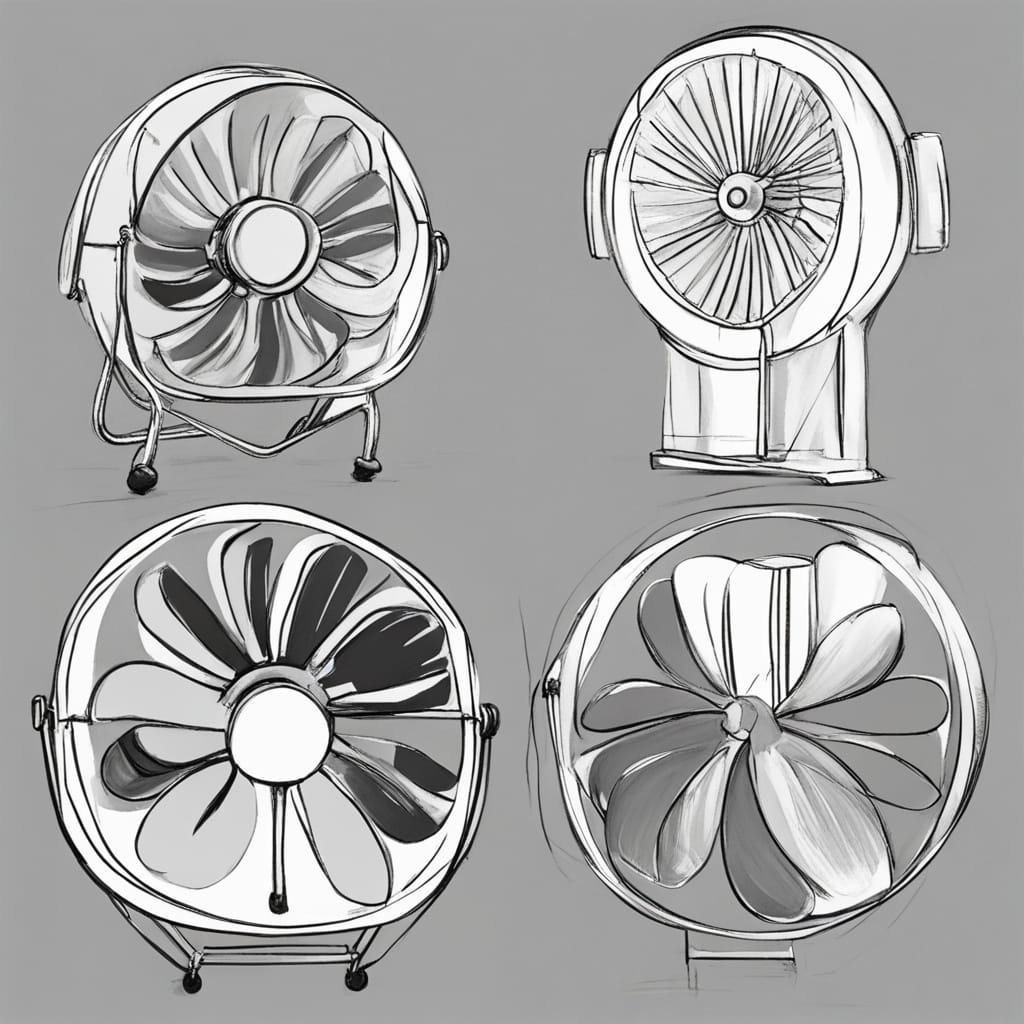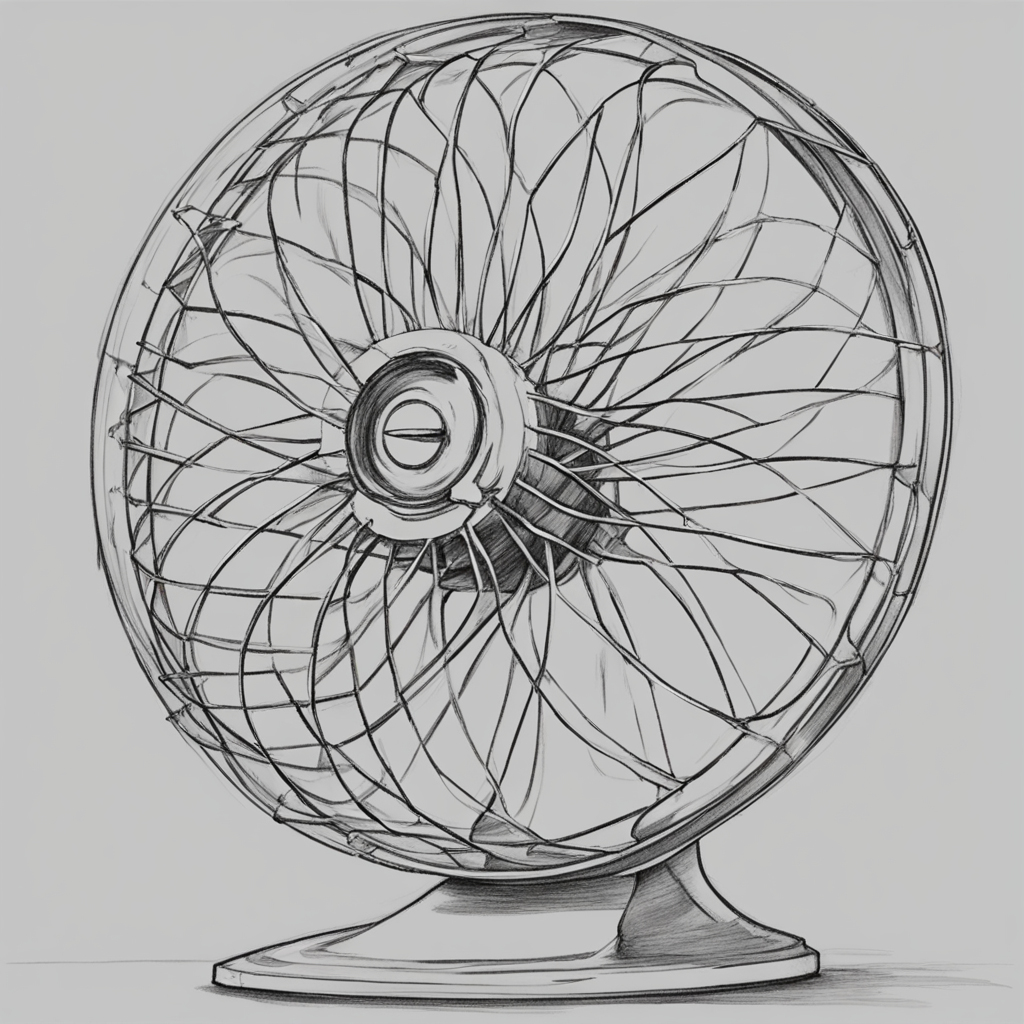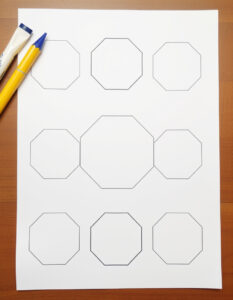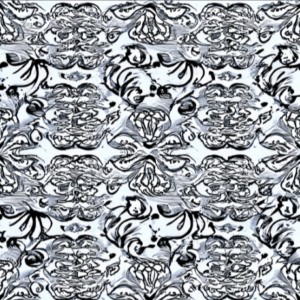The humble fan, a seemingly ordinary object, possesses a surprising amount of artistic potential. Creating a fan can be a captivating and skill-building activity for artists of any experience level. In this blog post, we’ll guide you through the process of drawing a fan, offering helpful tips and insights to enhance your artwork.
Table of Contents
Materials You’ll Need:
Before you start your creative adventure, make sure you have the necessary materials:
- Consider selecting a drawing paper that is compatible with the drawing medium you plan to use, such as graphite, charcoal, or pastels.
- Drawing Tools: Various options are available for you to choose from, including pencils, charcoal sticks, pastels, or digital drawing tools, depending on your personal preference.
- Eraser: A high-quality eraser is a must-have for making corrections and adding emphasis.
- Having a visual guide can greatly assist in capturing precise details when drawing a fan.
Step-by-Step Guide:
Step 1: Begin with the Fan Frame
Begin by sketching the fundamental outline of the fan. There are a variety of fan styles to choose from, so you can pick the one that best suits your preferences. The fan frame typically comes in a semi-circular or rectangular shape.
Step 2: Add Fan Blades
The airflow effect is created by the fan blades, which are crucial for this purpose. Ensure that the blades of the fan are evenly spaced as they radiate from the center.
Step 3: Capture Details
Take a close look at your reference image to capture all the intricate details of the fan. Take note of the connection points between the blades and the frame, along with any decorative elements or patterns on the blades.
Step 4: Shading and Depth
To give your fan drawing a more lifelike appearance, incorporate shading techniques to add depth and dimension. Consider the light source in your reference image (or imagine one) and incorporate shadows on the opposite sides of the blades and frame.
Step 5: Add Fine Details
Consider using finer lines or shading techniques to incorporate intricate details into your fan design, such as screws, bolts, or other decorative elements.
Tips and Tricks:
- Pay close attention to your reference image in order to capture precise details.
- Practice Perspective: Fans can have different appearances, either appearing flat or at an angle. Explore various viewpoints to improve your abilities.
- Try out various shading techniques to add depth and dimension to your artwork. Experiment with hatching, cross-hatching, or blending to achieve different effects using your preferred medium.
- Choose the Appropriate Paper: Ensure that the paper you use is suitable for the drawing medium you have selected, as this can impact the final result.
- Take your time and be patient when drawing intricate objects like fans. Precision is key.

Frequently Asked Questions (FAQs):
Q1: Is a reference image necessary for drawing a fan with precision?
A: Drawing a fan from imagination or your understanding of its basic structure can be just as effective, even without a reference image.
Q2: How can I accurately depict the airflow effect in a fan drawing?
A: Make sure the blades are evenly spaced and radiate from the center to create the illusion of airflow.
Q3: How can I enhance my shading techniques to create a more lifelike fan drawing?
A: Try out various shading techniques such as hatching, cross-hatching, and blending to bring depth and realism to your artwork.
Q4: Are there certain types of fans that are more beginner-friendly to draw?
A: Fans with a simple and straightforward design are generally easier for beginners to draw.
Q5: How can I add a distinctive artistic flair to my fan drawing?
A: Feel free to add your own personal touch by incorporating one-of-a-kind designs or vibrant colors to the fan blades.
Conclusion
Creating a fan requires a careful touch, an eye for perspective, and a keen focus on the little things. It’s a fantastic opportunity to enhance your observational skills while crafting an artwork that beautifully captures the essence of this everyday object. So, unleash your imagination and begin creating your fan masterpiece today. Whether your focus is on creating a lifelike portrayal or a unique artistic interpretation, it’s important to remember that art is a wonderful way to express yourself and find joy.
Check out this fun tutorial for a step-by-step guide on how to draw a window! This guide offers simple steps to assist little creators in making a detailed drawing of a window!





